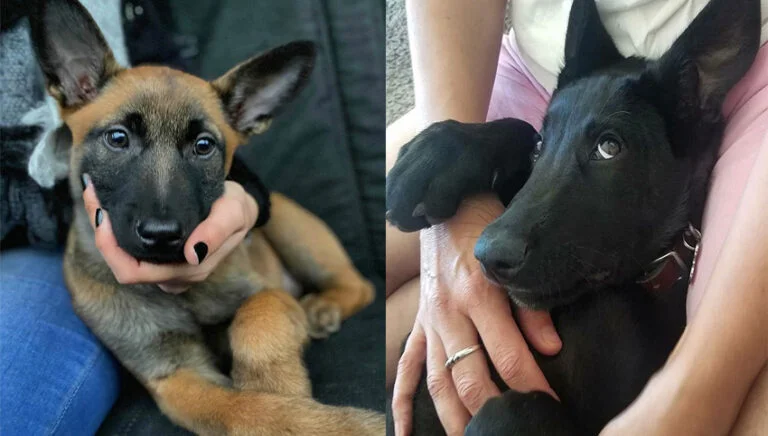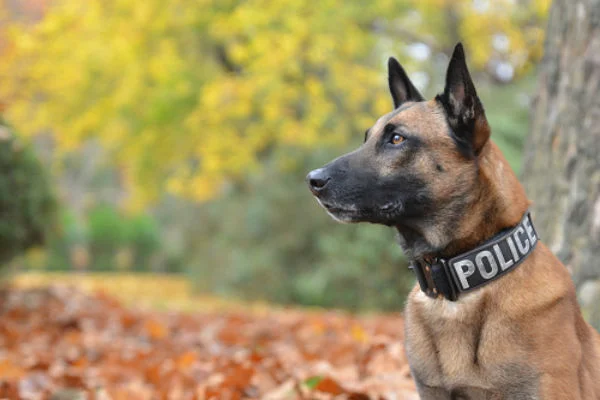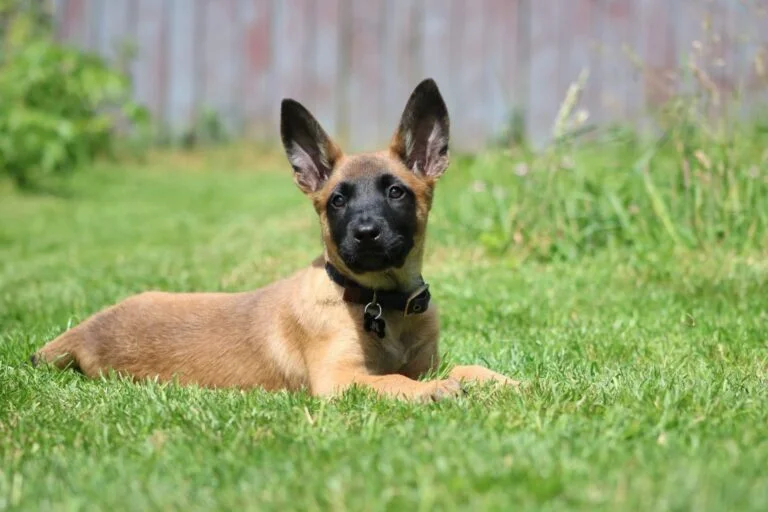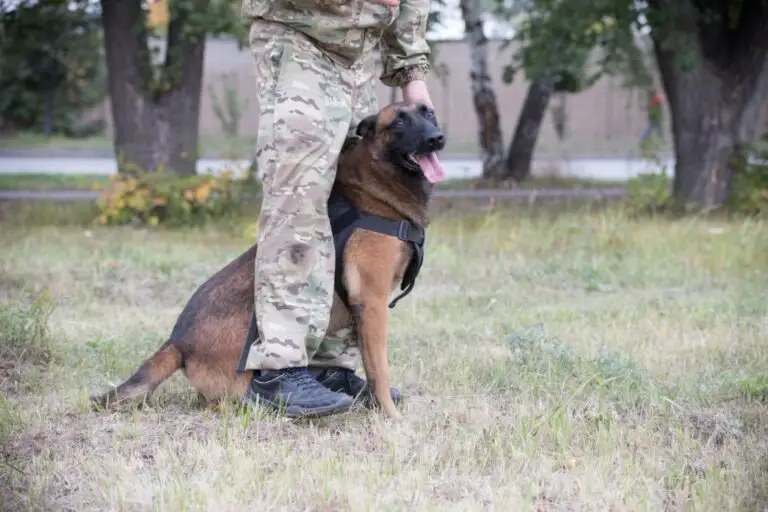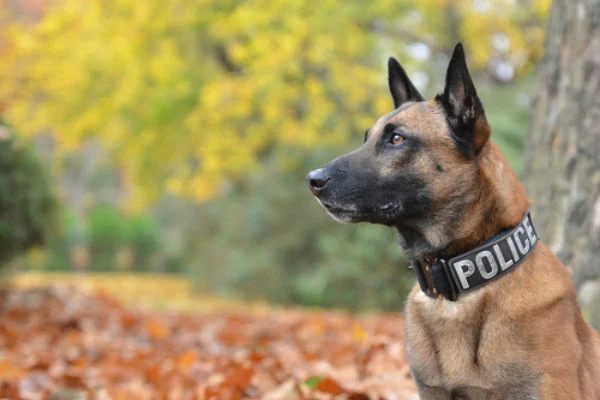Can You Crate Train a Belgian Malinois?
Dog enthusiasts all around the world are typically drawn to the Belgian Malinois because of its unique combination of grace, intelligence, and activity. “Can you crate train a Belgian Malinois?” is a question that prospective owners often ask due to their exceptional qualities. Simple as the solution is, it necessitates a more thoughtful analysis and a calculated strategy. If done properly, crate training is not only feasible but also very advantageous for Belgian Malinois. Let’s go right into this comprehensive look at crate training for this amazing breed.
Examining the Character of Belgian Malinois
Recognizing the distinct psychology of the Malinois is the first step toward effective crate training. They have a lasting energy reserve because they were bred historically for herding duties. They enjoy regular mental and physical activities, are task-oriented, and thrive on challenges.
Examining the Benefits of Crate Training
- a. Establishing a Haven
When used correctly, a box turns into a Malinois’ safe haven—a place where they may relax and escape the stress of daily life. - b. Encouraging Break-Ins
Dogs have a strong innate desire to keep their sleeping quarters tidy, which makes crate training an invaluable tool for expediting and optimizing the housebreaking process. - c. Placing Safety First
Malinois puppies can get into problems occasionally because of their adventurous nature. A box provides protection from possible threats, particularly when you’re not there. - d. Having a Simple Trip
Traveling with a crate-trained Malinois means less trouble and more comfortable travels if you’re a person who is constantly on the go.
Choosing the Right Crate
- a. Appropriate Measurements
There should be ample space in the container for your Malinois to spread out, stand, and stretch out without discomfort. An excessively large kennel could unintentionally promote a puppy corner for urinal breaks. - b. Solid Construction
A Malinois’s intense energy necessitates a sturdy box that can withstand their eagerness and sudden outbursts of activity. - c. The ability to breathe
Enough ventilation keeps your dog warm and allows it to see its surroundings, which lessens the likelihood that it may feel alone.
A Step-by-Step Guide to Effective Crate Training
- a. Acquaintance
Place the crate in a room that you use frequently. Arrange a cozy blanket and a few of their preferred toys to make it seem inviting. Initially, the door of the container need to stay open, permitting your Malinois to easily enter and exit. - b. Connecting the Mealtime
Serving meals inside the crate is one of the simplest ways to turn it into a favored location. Your Malinois will eventually associate the crate with enjoying a meal. - c. Extending the Crate Duration
Start lengthening the amount of time your Malinois spends in the crate by using meals as an introduction. Gradual increments foster trust and avoid overwhelming them. - d. Evening Schedule
Once your Malinois becomes accustomed to spending longer periods of time in their crate, you may want to start allowing them to spend the night there to further reinforce the crate as their personal area. - e. Steer clear of bad associations
The container ought to represent optimism. Never give it to your Malinois as a kind of punishment or they can grow to dislike it.
Overcoming Possible Obstacles in Crate Training
- a. Resolving Public Discontent
A Malinois will frequently express their disapproval. It’s important to identify the underlying cause, be it boredom, a need for the bathroom, or simple attention-seeking. - b. Handling the Anxiety of Separation
A subset of Malinois are more likely to suffer from separation anxiety. Although crate training can be beneficial, more interventions or professional guidance may be required to address the underlying problem. - c. Equilibrium Energy
Recall that a happy Malinois is one that gets plenty of exercise. Make sure they receive frequent mental and physical exercise to keep them content and facilitate easier crate periods.
Constantly Giving Positive Feedback
One cannot emphasize the importance of consistency. Give your Malinois affection, toys, or treats when they do well in the crate. Making the most of the situation will guarantee that your dog looks forward to his or her crate time.
In summary
Dog training is a broad field with different problems and benefits for each breed. Responding to the query: “Is it possible to train a Belgian Malinois in a crate?” – Yes, the procedure is practical and enriching for both the owner and the pet with enough effort, patience, and appropriate techniques. Despite its challenges, this voyage lays the groundwork for a peaceful existence spent with your Belgian Malinois.


